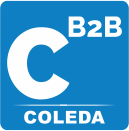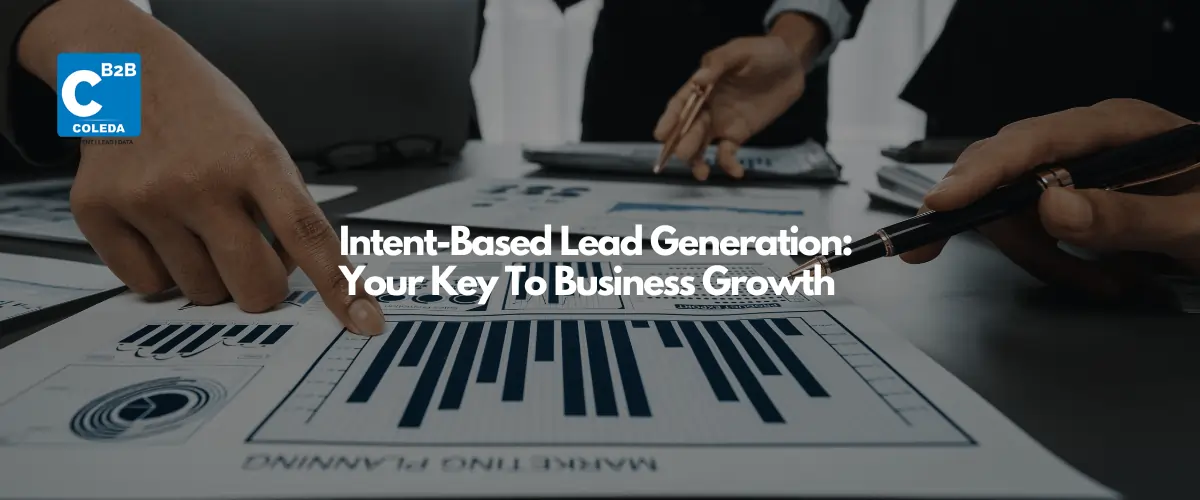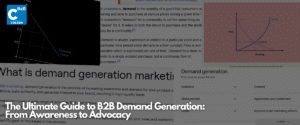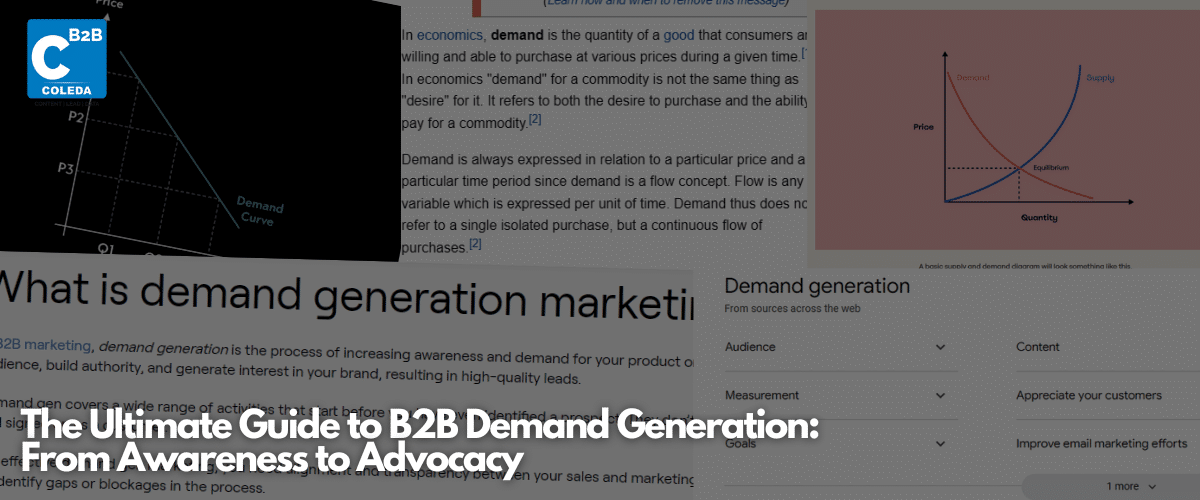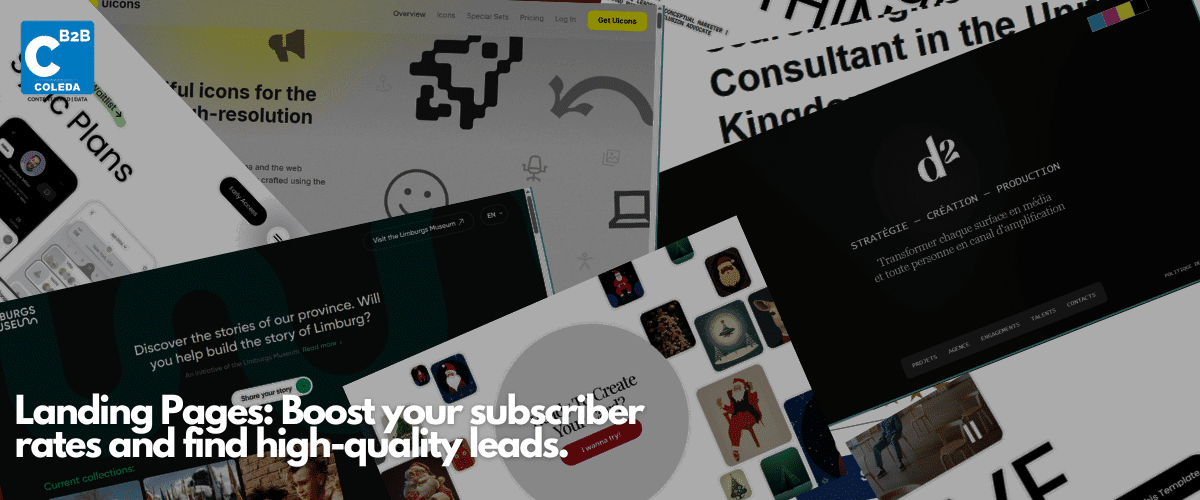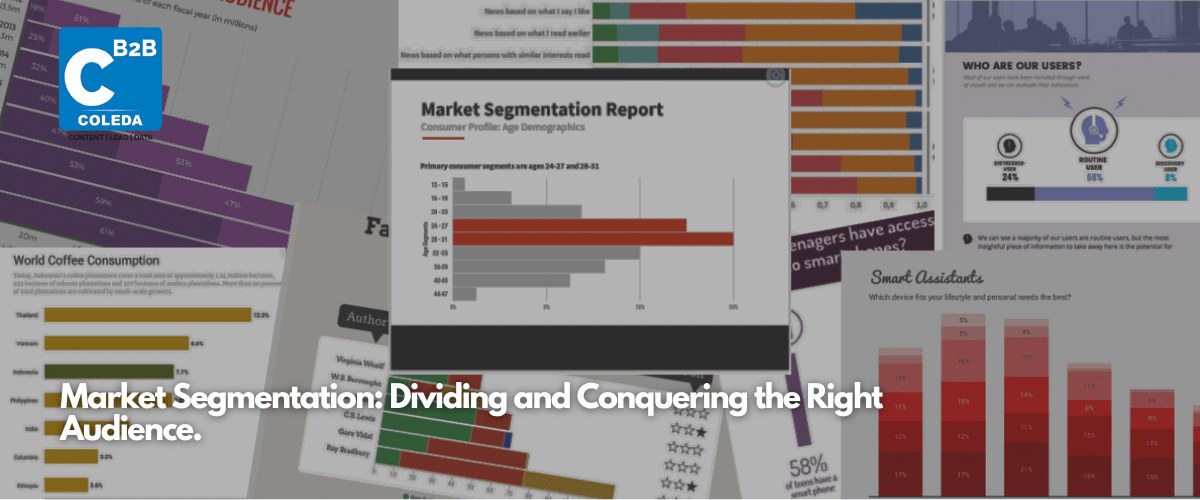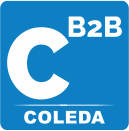The fiercely competitive B2B marketing landscape demands foolproof marketing efforts. The goal is to generate qualified leads with a high probability of purchasing. Demographics-based lead-targeting has enjoyed its reign for ages, but it is not reliable and is not a single-pointed strategy to generate qualified leads. Welcome to the new age of intent-based lead generation, where intent data shares the spotlight and has become the holy grail of marketing.
In this article, we explore the power of intent data and gauge how enterprises leverage it to craft lead-generation strategies that work in their favor.
What is Intent data?
In uncomplicated terms, intent data can be defined as data that predicts a potential consumer buying intention. A prospect’s online behavior or affinity becomes evident when you have a method that knows exactly what they search or browse on the internet. All these consumption patterns can be gathered in real-time, or you can get accurate historical data that makes you cognizant of a thriving pool of prospects.
For instance, Marie, the marketing head of ABC corporation, is looking for the perfect marketing dashboard that gives visibility of all sales and marketing activities in her team. She searches the internet with keywords like the best marketing tool for under $399, per month. She browses some links, downloads email content, and also resorts to social platforms. Intent data is a collection of online activities of Marie that indicate she is an active buyer of marketing tools that provide exceptional dashboards. So, marketers can leverage this information about many such marketing heads looking for similar products, either engaging with your website or your competitor’s websites.
As per a report, 70% of B2B technology vendors leverage intent data for finding prospects, 53% for sales enablement, and 52% for targeting high-intent accounts. Another report confirms that intent-based ads are 2.5 times more efficient than control group campaigns.
Types and sources of Intent data?
The next important step is to obtain pertinent information about your potential leads. This includes details such as the products they are interested in, how they interact with your website, the amount of time spent on your website, whether they look for contact details or pricing, and much more. Obtaining this information can be critical in developing an effective lead-generation strategy.
Intent data can be sourced in three ways:
First-party intent data
This is the prospect data collected from your brand’s website. Prospects visiting your website, clicking on links, downloading and signing up forms, social platform activities, and IP addresses fall under this category. Tools like Google Analytics can investigate how a user engages with your content.
Second-party intent data
This is some other business’s first-party data, whom you have partnered with, and not your direct audience. Let us say, you are a B2B seller looking to sell your analytics tool to buyers, and you have collaborated with another business that publishes similar content. The content consumers of that website become your second-party data.
Third-party intent data
You can get access to third-party data from vendors dealing with large-scale data collection from multiple websites and platforms. This data helps you know what the large audience base is looking for and engaging with. Also known as external intent data, third-party intent data helps gauge a prospect’s buyer journey across brands and businesses similar to yours. Third-party data providers often thoroughly vet the collected data to ensure it is accurate, relevant, and not outdated.
How can you harness the data for intent-based marketing?
The goldmine of intent data that you possess now should be harnessed for your business in multiple ways:
- Personalize your content to appeal to your target audience.
- Create targeted ads that authentically represent your business
- Run social media campaigns that address your audience’s pain points
- Develop email campaigns that help your audience find solutions to their problems
- Use AI tools to automate follow-up tasks that can help nurture your leads
- Score and prioritize leads to ensure that you do not miss any key conversion opportunities
- Fine-tune your content to make sure it resonates with your audience
- Analyze your competitors to see what they are doing better and how you can improve your offerings.
How does intent-based lead generation or intent marketing benefit enterprises at large?
Helps you find New Market Opportunities:
Leveraging intent marketing helps you unlock newer market opportunities you would have hardly had a chance to. Knowing where the ideal audience is and what they engage with, you can target a new and promising demography.
Helps you with increased conversion rates:
Intent marketing ensures you target only the optimal audience base and amplifies your chance to convince and nurture your leads down the sales funnel. When leveraged rightly, it helps you with a higher conversion rate.
Helps you gain an edge over your competitors:
Since third-party intent data helps you uncover competitor strategy, you get a golden opportunity to tweak your strategy to be a cut above the rest.
Helps you increase the overall productivity:
By centering on what culminates into a conversion and not suffering burnout from engaging with an irrelevant audience, your overall productivity increases manifold.
Helps you curb superfluous marketing expenses:
When you know where to invest your resources, you curb the surplus expenses arising from irrelevant targeting expenditures.
Some globally reputed intent data providers are Demand Base, 6sense, Lead feeder, Up Lead, Demand Science, Lusha, Clear bit, Bombora, ZoomInfo, and Roll Works. Enterprises have elevated their marketing strategies and expanded their horizon by leveraging their offerings.
Wrapping it up
As marketing strategies get fine-tuned to become more precise and relevant, enterprises must shift focus from probability-oriented to data-driven strategies. Intent-based lead generation strategies can at least guarantee one thing: not being irrelevant and distracting to somebody who was never interested in a product or service like yours. By leveraging intent-based marketing, you as a marketer can grasp your target user’s attention, get visibility, send bespoke emails and ads, and be cognizant of the sales funnel stage your prospects are at. Intent-based lead generation can unlock new levels of marketing success, and enterprises not utilizing this golden tool will be many steps behind in this competitive B2B environment.
